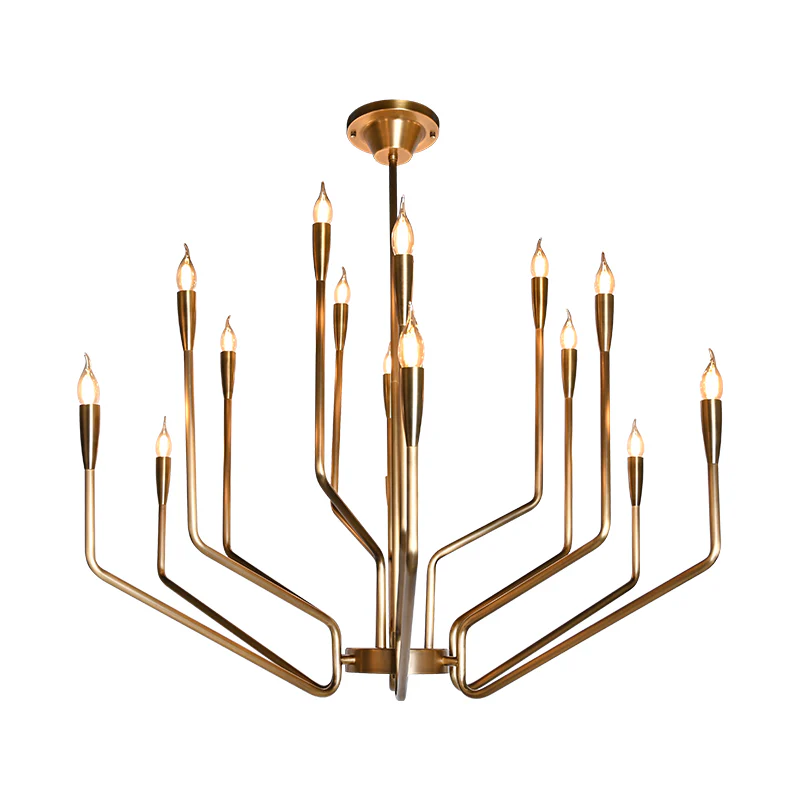Architectural Lighting for Modern Structures: A Comprehensive Guide
Architectural Lighting for Modern Structures: A Comprehensive Guide
Introduction to Architectural Lighting
Architectural lighting plays a crucial role in enhancing the beauty and functionality of modern structures. It integrates Aesthetics with utility, creating a harmonious environment that highlights architectural details while meeting the practical needs of its users. As urban landscapes evolve, the demand for innovative and sustainable lighting solutions has never been greater. In this guide, we'll dive deep into the various aspects of architectural lighting, particularly for contemporary buildings.
Understanding the Basics of Architectural Lighting
Architectural lighting encompasses various techniques and styles aimed at illuminating structures from both an aesthetic and practical perspective. Here are a few fundamental aspects of architectural lighting:
- Task Lighting: This lighting provides illumination for specific tasks, such as reading or working. It's often seen in offices and public buildings.
- Ambient Lighting: This general illumination sets the overall mood of a space, ensuring that areas are pleasantly lit and inviting.
- Accent Lighting: Focused lighting that highlights specific architectural features or artworks, adding depth and visual interest.
Key Considerations for Modern Structures
When designing architectural lighting for modern buildings, several factors must be considered:
| Factor | Explanation |
| Energy Efficiency | Utilizing LED technology and smart controls to reduce energy consumption and promote sustainability. |
| Building Materials | Different materials reflect light differently; understanding how glass, wood, and metal work with light is crucial. |
| Functionality | Lighting must serve the intended purpose of the space, whether it’s for relaxation, work, or display. |
| Aesthetics | Creating a visually appealing environment that complements the architecture and interior design. |

Trends in Architectural Lighting
Architectural lighting trends are continuously evolving, driven by technological advancements and shifting design philosophies. Here are a few notable trends:
- Smart Lighting Systems: Integration of IoT in lighting solutions allows for enhanced control over brightness, color temperature, and energy usage.
- Minimalism: A preference for simple, unobtrusive fixtures that blend with the design of the structure is gaining traction.
- Dynamic Lighting: Adaptable lighting that changes throughout the day can enhance the user experience while also demonstrating energy efficiency.
Case Studies: Successful Architectural Lighting Implementations
Let’s take a look at a few impressive projects that highlight the effectiveness of architectural lighting in modern structures:
- The Guggenheim Museum, Bilbao: Known for its innovative design by Frank Gehry, its lighting accentuates the building's organic shapes, creating a captivating experience.
- The Shard, London: This iconic skyscraper utilizes a combination of ambient and accent lighting to stand out in the skyline, providing a sense of elegance.
- One World Trade Center, New York: Smart LED technology allows for adaptable lighting that vibrantly illuminates the building while reducing energy usage.
Choosing the Right Lighting Fixtures
Selecting appropriate lighting fixtures is vital for achieving the desired outcomes in architectural lighting. Consider these options:
- Recessed Lighting: Ideal for achieving a clean look, recessed lights are often installed in ceilings and walls for subtle illumination.
- Linear Lighting: This modern fixture type can run along walls or ceilings, creating dramatic lines of light that draw attention to architectural features.
- Sculptural Lighting: Lights that double as a piece of art can serve as striking focal points within a space.
Installation and Maintenance
Proper installation and ongoing maintenance of lighting fixtures are essential to ensure optimal performance and longevity. Here are some guidelines:
- Engage professional lighting designers to align lighting choices with architectural intentions.
- Regularly check and clean fixtures to maintain their efficiency and appearance.
- Utilize smart controls to schedule maintenance checks and adjust settings according to usage patterns.
Challenges in Architectural Lighting
While designing and implementing architectural lighting can be rewarding, there are challenges to be aware of:
- Balancing Aesthetics and functionality can be complex, as sometimes the most attractive solutions are not the most practical.
- Considerations regarding local regulations and building codes are essential to remain compliant.
- Budget constraints can limit options, making it important to prioritize key areas for lighting enhancement.
Conclusion: The Future of Architectural Lighting
Architectural lighting is more than just a practical necessity; it's an art form that can transform spaces into extraordinary experiences. As technology evolves, so do the possibilities for lighting modern structures, pushing the boundaries of creativity and functionality. To achieve successful results in architectural lighting:
- Consider the unique characteristics of each building and its surrounding environment.
- Stay updated on the latest trends and technologies to innovate your designs.
- Prioritize energy efficiency and sustainability without sacrificing aesthetic appeal.
By thoughtfully integrating architectural lighting, we can not only enhance the visual appeal of modern structures but also create dynamic environments that respond to their users' needs.
